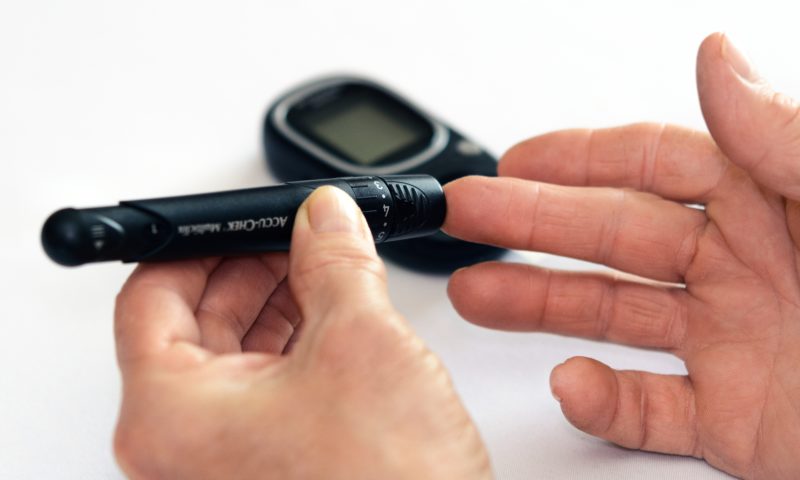Diabetes Awareness Month is coming to a close. This awareness month reminds us that both diabetes and obesity are among the top public health problems facing the U.S. this century.
Key Facts about Diabetes
According to the Centers for Disease Control (CDC):
- More than 30 million U.S. adults have diabetes, and 1 in 4 don’t know it.
- In the last 20 years, the number of diagnosed adults has more than doubled.
- About 90 percent of diagnosed cases have type 2.
There are two types:
- Type 1 – Thought to be caused by an autoimmune reaction that stops the body from making insulin. Insulin is needed to regulate blood sugar levels. About five percent of diabetes cases have type 1.
- Type 2 – The body makes insulin but does not use it well. It is hard to keep blood sugar at normal levels, which is dangerous to organs and damaging to blood vessels.
Key Facts about Obesity
More than 93 million U.S. adults have obesity. It is a disease marked by excess body fat that is usually diagnosed when a patient has a BMI greater than 30. However, there are many problems with relying just on BMI.
The causes of obesity are many. They include:
- Genetics
- Biology
- Environment
- Psychological health
- Prescription medications
Obesity is chronic and complicated. It requires a treatment approach that addresses more than one factor. A successful treatment plan is one that meets the unique needs of the patient.
Treating Diabetes and Obesity
Both diseases are complex. Treatment isn’t “simple” or “obvious.” However, there is no doubt that they are linked. Many patients find that weight-loss and lifestyle changes put their obesity into remission and reverse their diabetes.
This is because obesity is considered a primary risk factor for type 2 diabetes. However, genetic links have also been identified. You can read more about them here.
In addition to taking prescribed medication and other treatment plans, weight-loss can improve insulin sensitivity. Of course, weight maintenance is very difficult, which is why more than one treatment is usually needed to manage both conditions. Changes to diet and exercise are not the only solutions.
The good news is that even modest weight-loss can greatly improve diabetes. Someone with obesity who loses just five to ten percent of their total weight can see great changes such as:
- Lower blood sugar levels
- Lower blood pressure and cholesterol
- More energy
- Less pain and inflammation
Conclusion
Yes, we can say that treating obesity is one way to help treat type 2 diabetes since both conditions are directly linked. However, obesity is not the only cause of type 2 diabetes. Weight-loss should also not be the only recommended treatment. Patients should talk with their healthcare providers about all of their options which may include:
- Diabetes and obesity medications
- Lifestyle changes to diet and exercise
- Bariatric surgery, in severe cases
- And more
HELPFUL TIP: You can read more about both conditions by checking out the OAC’s Understanding Obesity and Diabetes brochure series. As Diabetes Awareness Month finishes up, make sure you’ve done your part to get educated!






